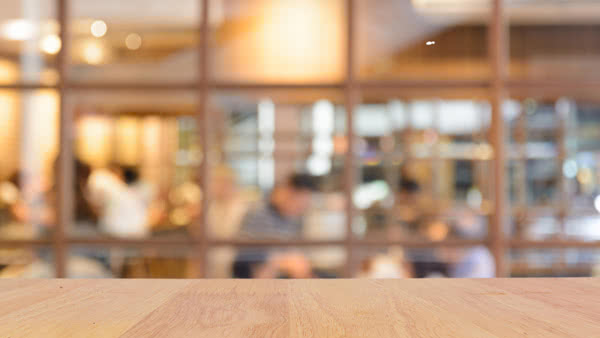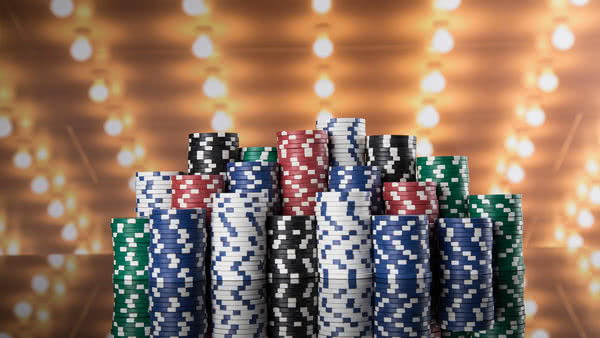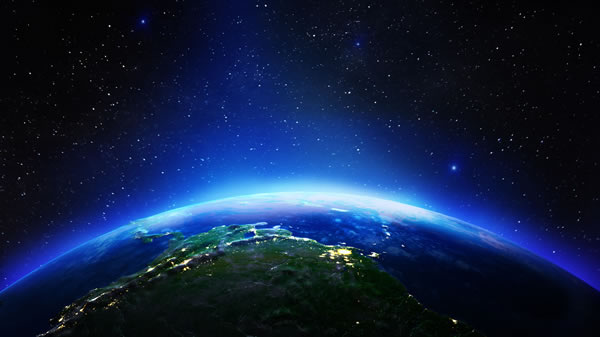Share this link via
Or copy link
320.96K actions, 9.22E flips
1.82K actions, 4.61K flips
5.19K actions, 21.65K flips
1.3K actions, 6.34K flips
10.85K actions, 86.88K flips
✕10
6.4K actions, 89.65K flips
✕100
5.61K actions, 747.3K flips
✕1000
7.6K actions, 9.97M flips
✕10000
6.54K actions, 3E flips
Select number of flips

Bar
2.35K actions, 1.09M flips

Cafe
337.8K actions, 82.05M flips

Forest
2.21K actions, 1.6M flips

Casino
4.72K actions, 9.22E flips

Ocean Sky
2.33K actions, 1.49M flips

Blue Sky (movie)
NEW1.51K actions, 1.39M flips

Bubbles (movie)
NEW419 actions, 370.18K flips

Spheres (movie)
NEW451 actions, 595.61K flips

Snow
NEW1.2K actions, 975.15K flips

Starry Night
NEW3.09K actions, 1.14M flips

Serenity
NEW8.93K actions, 2.55M flips

Earthshine
NEW3.57K actions, 5.14M flips

Black
4.76K actions, 1.1M flips

White
NEW653 actions, 646.37K flips
 Decision making coins
Decision making coinsHeads vs. Tails
314.05K actions, 65.28M flips
Yes vs. No
18.69K actions, 12.91M flips
Light vs. Darkness
10.4K actions, 542.51K flips
Up vs. Down
4.38K actions, 399.74K flips
Go vs. Stay
2.04K actions, 976.71K flips
Procrastinate vs. Do It Now
1.35K actions, 364.93K flips
Fish vs. Chicken
960 actions, 652.03K flips
Play vs. Work
813 actions, 1.02M flips
Wake Up vs. Sleep In
491 actions, 215.07K flips
Exercise vs. Relax
464 actions, 746.15K flips
Fast vs. Slow
288 actions, 87.65K flips
Watching vs. Reading
286 actions, 171.57K flips
Shopping vs. Saving
249 actions, 373.77K flips
Hot vs. Cold
248 actions, 164.99K flips
Study vs. Party
240 actions, 410.27K flips
Coffee vs. Tea
240 actions, 173.75K flips
More vs. Less
220 actions, 189.6K flips
Outdoor vs. Indoor
174 actions, 261.05K flips
Spontaneity vs. Planning
145 actions, 378.25K flips
Start vs. Stop
141 actions, 39.1K flips
Analog vs. Digital
122 actions, 188.54K flips
 United States dollar
United States dollarPenny
(1 cent)3.71K actions, 1.07M flips
Nickel
(5 cents)523 actions, 231.66K flips
Dime
(10 cents)734 actions, 1.01M flips
Quarter
(25 cents)4.11K actions, 998.01K flips
Half dollar
(50 cents)1.16K actions, 476.31K flips
One dollar
(Sacagawea dollar)1.09K actions, 993.59K flips
One dollar
(Presidential dollar)1.32K actions, 1.31M flips
 50 State quarters
50 State quartersDelaware
59 actions, 8.05K flips
Pennsylvania
29 actions, 78.1K flips
New Jersey
13 actions, 13.25K flips
Georgia
62 actions, 340.11K flips
Connecticut
53 actions, 42.97K flips
Massachusetts
8 actions, 10.44K flips
Maryland
13 actions, 1.73K flips
South Carolina
75 actions, 10.07K flips
New Hampshire
12 actions, 10.24K flips
Virginia
17 actions, 1.68K flips
New York
43 actions, 32.84K flips
North Carolina
16 actions, 11.69K flips
Rhode Island
3 actions, 169 flips
Vermont
13 actions, 65.32K flips
Kentucky
8 actions, 1.01K flips
Tennessee
5 actions, 15.53K flips
Ohio
51 actions, 50.27K flips
Louisiana
11 actions, 1.98K flips
Indiana
76 actions, 5.7K flips
Mississippi
23 actions, 50.02K flips
Illinois
22 actions, 22 flips
Alabama
12 actions, 5.19K flips
Maine
15 actions, 96.5K flips
Missouri
14 actions, 13.67K flips
Arkansas
1 action, 167 flips
Michigan
20 actions, 27 flips
Florida
31 actions, 32.16K flips
Texas
183 actions, 71.54K flips
Iowa
5 actions, 2.19K flips
Wisconsin
31 actions, 39.91K flips
California
7 actions, 20.01K flips
Minnesota
189 actions, 58.54K flips
Oregon
14 actions, 28.08K flips
Kansas
6 actions, 20.75K flips
West Virginia
19 actions, 14.76K flips
Nevada
19 actions, 52.76K flips
Nebraska
6 actions, 172 flips
Colorado
13 actions, 2.02K flips
North Dakota
27 actions, 2.09K flips
South Dakota
6 actions, 30K flips
Montana
32 actions, 34.15K flips
Washington
17 actions, 183 flips
Idaho
4 actions, 170 flips
Wyoming
23 actions, 110.01K flips
Utah
14 actions, 404 flips
Oklahoma
41 actions, 30.04K flips
New Mexico
37 actions, 12.42K flips
Arizona
3 actions, 11.63K flips
Alaska
15 actions, 10.58K flips
Hawaii
11 actions, 61.75K flips
 British pound sterling
British pound sterlingOne penny
(1p)113 actions, 3.16K flips
Two pence
(2p)72 actions, 124.67K flips
Five pence
(5p)22 actions, 1.93K flips
Ten pence
(10p)73 actions, 29.66K flips
Twenty pence
(20p)47 actions, 110.49K flips
Fifty pence
(50p)109 actions, 121.17K flips
One pound
(£1)748 actions, 234.36K flips
Two pounds
(£2)338 actions, 182.63K flips
 Euro (national side: Austria)
Euro (national side: Austria) Indian rupee
Indian rupee1 rupee
1.82K actions, 531.91K flips
1 rupee
(Nritya Mudra Series)69 actions, 25.99K flips
2 rupees
4 actions, 336 flips
2 rupees
(Nritya Mudra Series)16 actions, 34.26K flips
5 rupees
165 actions, 18.9K flips
5 rupees
(2009-2010)49 actions, 30.08K flips
10 rupees
120 actions, 200.96K flips
10 paises
12 actions, 20.01K flips
25 paises
5 actions, 10.35K flips
50 paises
445 actions, 260.55K flips
Your current points are 10.
Current win streak: 2
Win streak bonus: x1.5
Which one will you bet on?
How much would you like to bet?
You're betting 3 points on heads.
If you're ready, please tap the button below, and flip your coin!
You Win! You've earned points!
Current points: 10

Should I pick heads or tails? This is a simple yet very interesting question. The coin toss isn’t as straightforward as you would imagine because there are many elements involved.
In a perfect world, the odds are 50/50, meaning that neither side has an advantage as the outcome is supposed to be equal for both. In the real world, however, the environment isn’t always optimal and you can never have perfect conditions.
In a coin toss, variables such as the motion of the thumb and the weight distribution of a coin can create a bias towards one side. Let’s explore if these variables are significant enough to truly influence the outcome of a coin toss.
[toc]

Have you ever seen a perfect coin toss? Or rather, how can we tell if a coin has flipped flawlessly?
We can never truly know because each person has a different way of tossing a coin, even when following the same method. According to researcher Persi Diaconis, when a coin is tossed by hand, there is a 51-55% chance it lands the same way up as when it was flipped.
This is because depending on the motion of the thumb, the coin can stay up on the side it started on before it starts to flip.
Another scenario is that the coin may look like it’s flipping but it’s actually spinning, thus also reducing the number of flips. In other words, the fewer the flips, the more likely it will land on the same side facing up before the toss.
In this case, whether it be heads or tails, pick the side facing up. However, if you’re going to perform the toss, don’t purposely limit the number of flips because that would be cheating!

Grab a coin right now and feel it, do both sides feel the same? In many coins, one side is heavier than the other. Therefore, when the coin is spun on a flat surface, it tends to land with the lighter side facing upwards.
This unequal weight distribution occurs because the design of the heads is usually more detailed than the tails. For instance, on the US penny, the side with Lincoln’s head is heavier, and when spun it has a higher probability to land tails up. To reduce this bias, make sure to catch the coin since it will most likely spin if you let it hit the ground.
Either way, keep in mind that a greater tendency towards tails does not mean that the coin will always land tails up!

Did a magician just challenge you to a coin toss? If you ever find yourself in a situation involving a coin toss with a magician, always be careful.
Magicians tend to shave the edges of a coin to make one side heavier than the other. This means that their coins are heavily biased towards landing with the lighter side up. They could also trick you into thinking that the coin is flipping when it’s actually spinning. In this situation, make sure to use a coin that hasn’t been tampered with!

As much as you can take advantage of certain biases, they can also work against you. Therefore, it may be better to try to reduce them altogether. Here are some small things you can keep in mind before a coin toss.

There is no straightforward answer on whether you should pick heads or tails. It’s usually on a case by case basis, and even then, you still need to rely on luck.
Remember that the coin toss is all about probability, and even if the odds to win are 99%, you could easily be in the unlucky 1%.
Always know that there are risks involved, so strategize carefully and consider as many variables (motion of your thumb, weight distribution, design of the coin, magicians etc.) as possible before choosing a side in a coin toss.